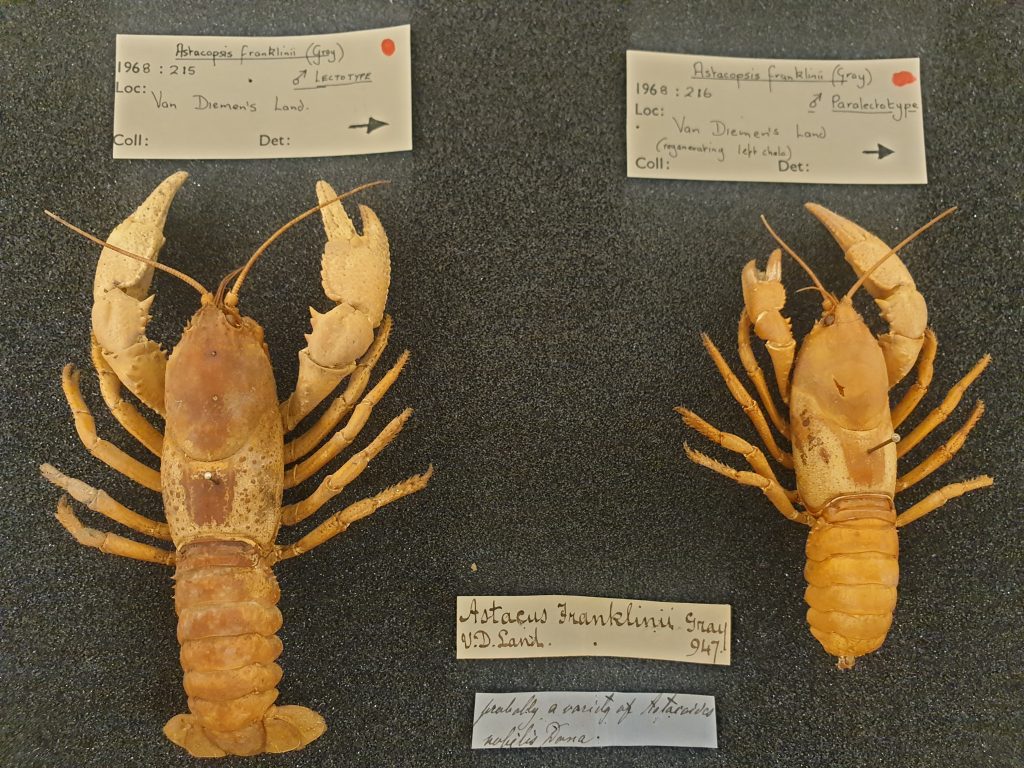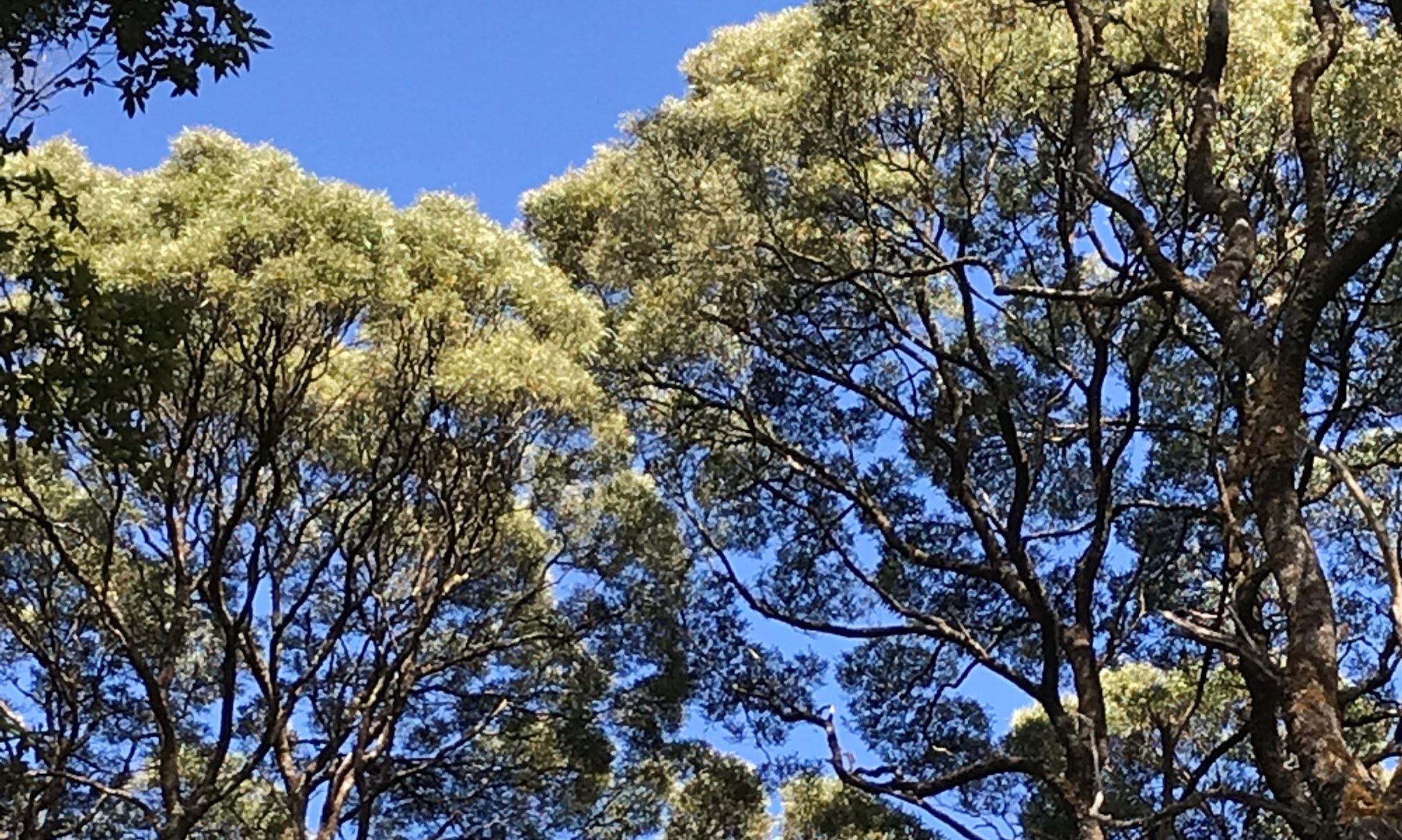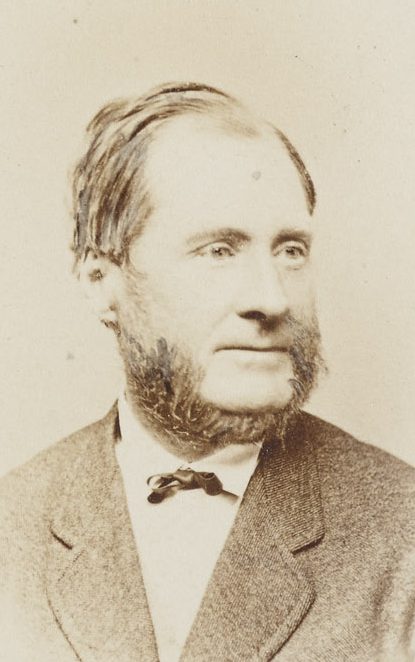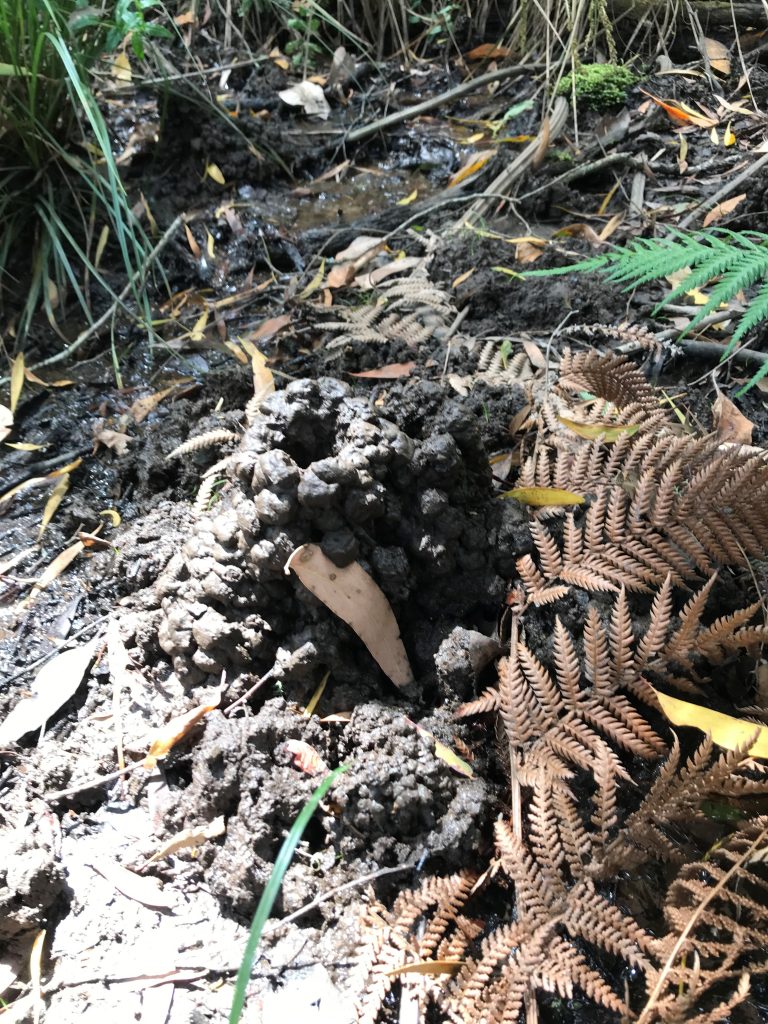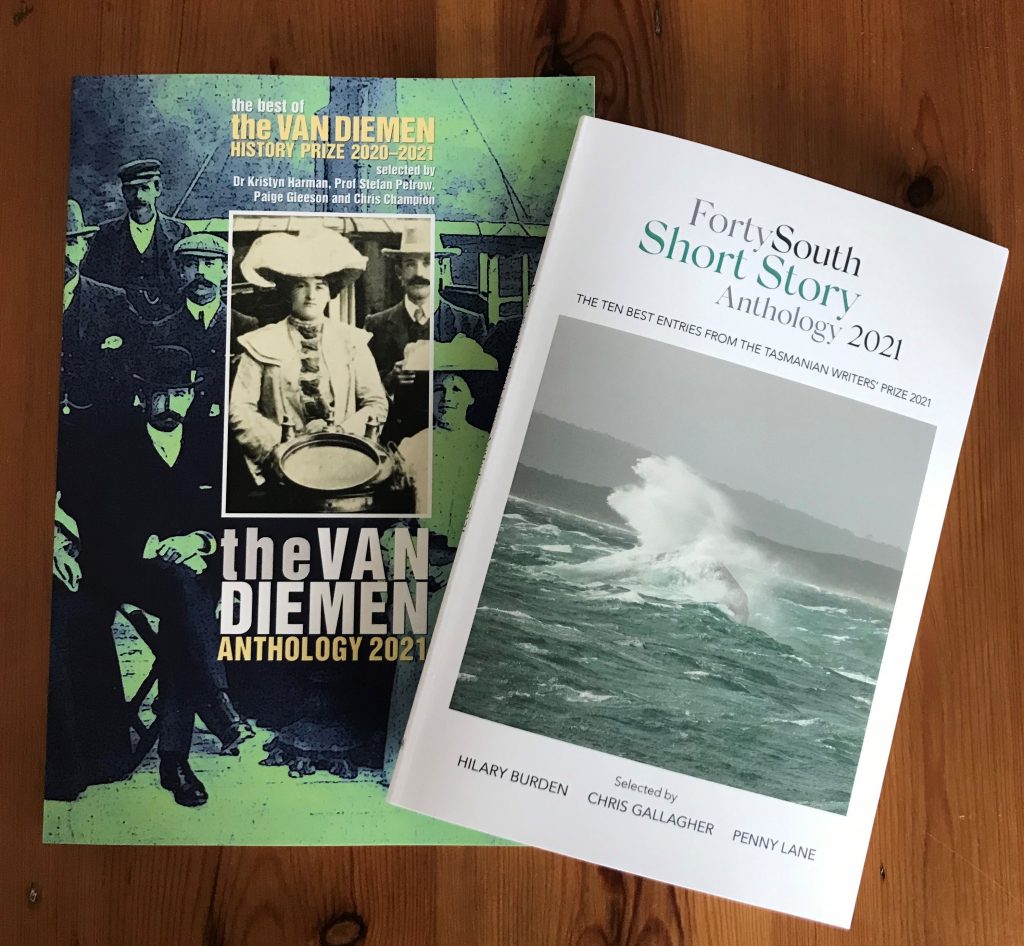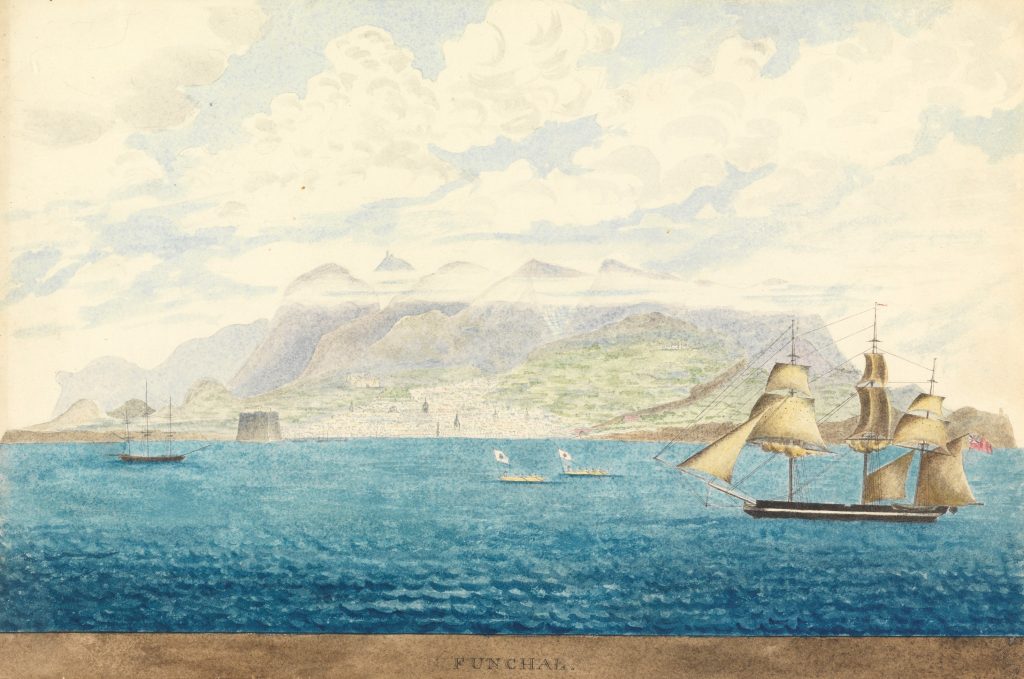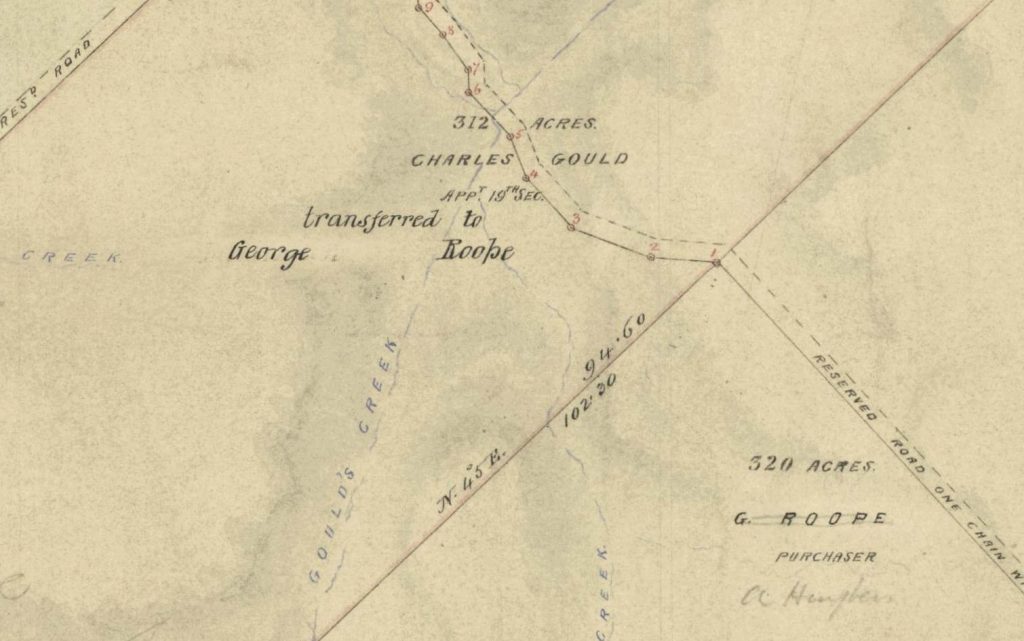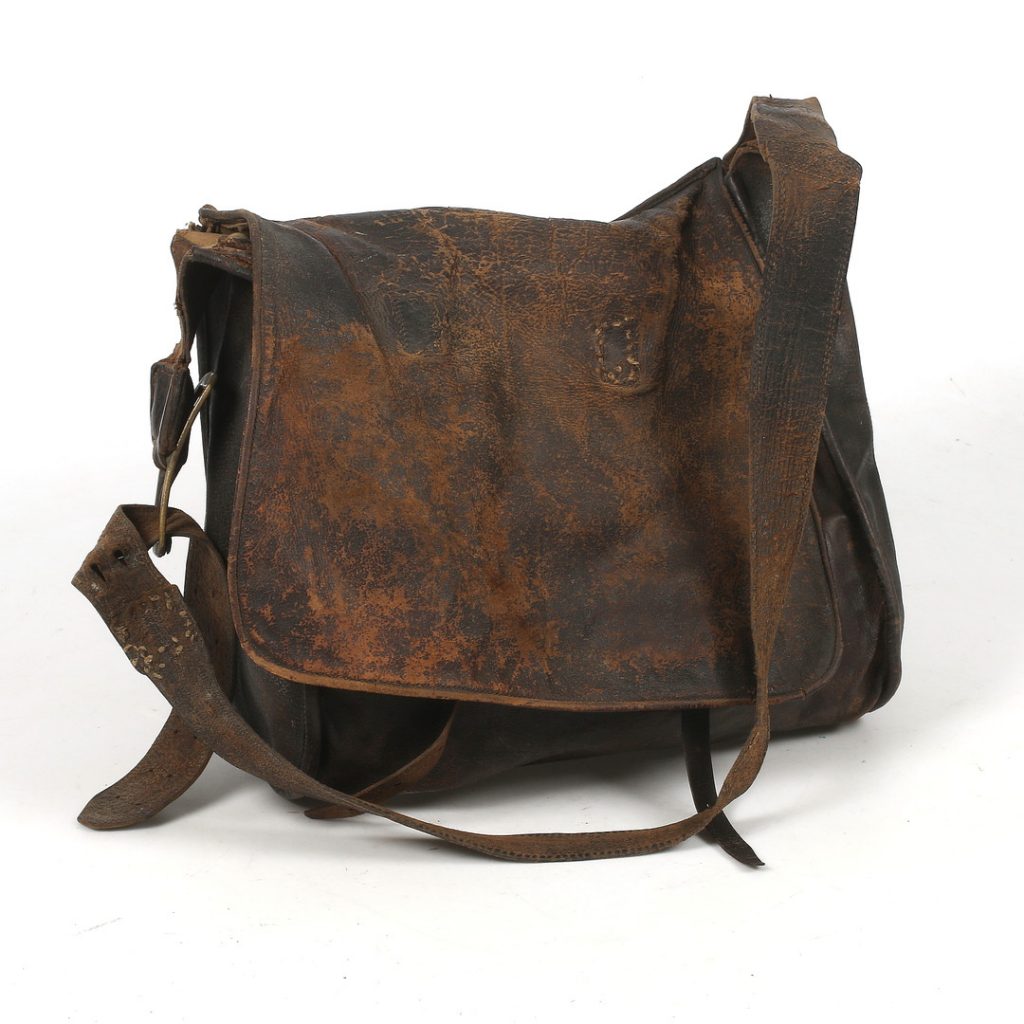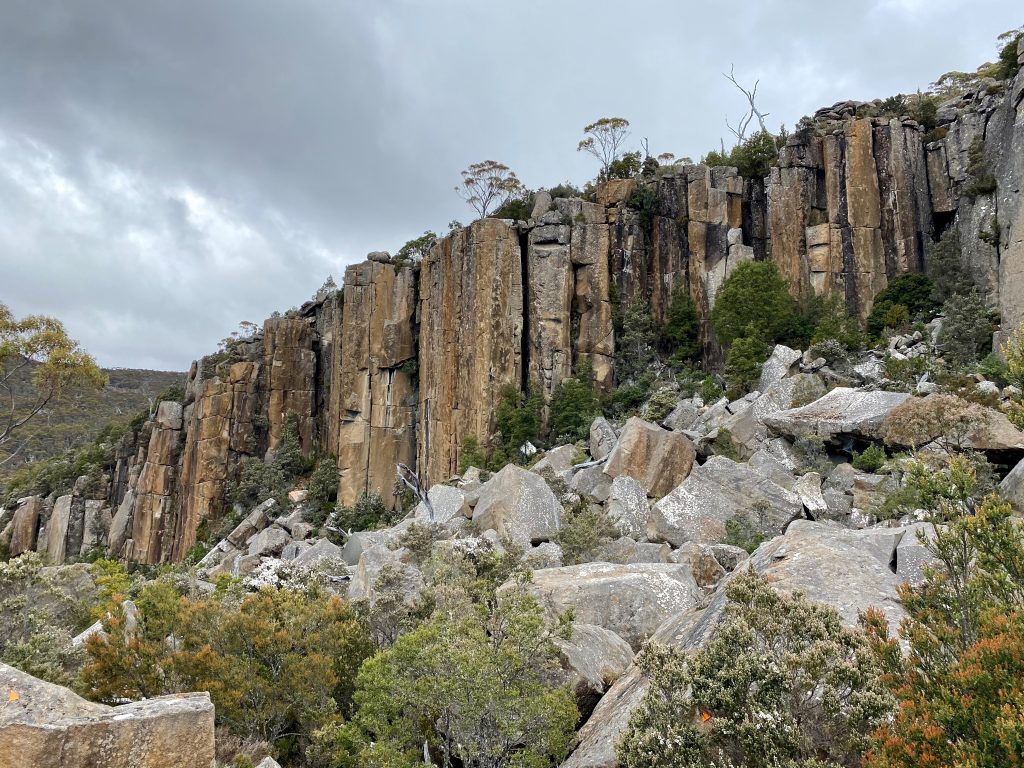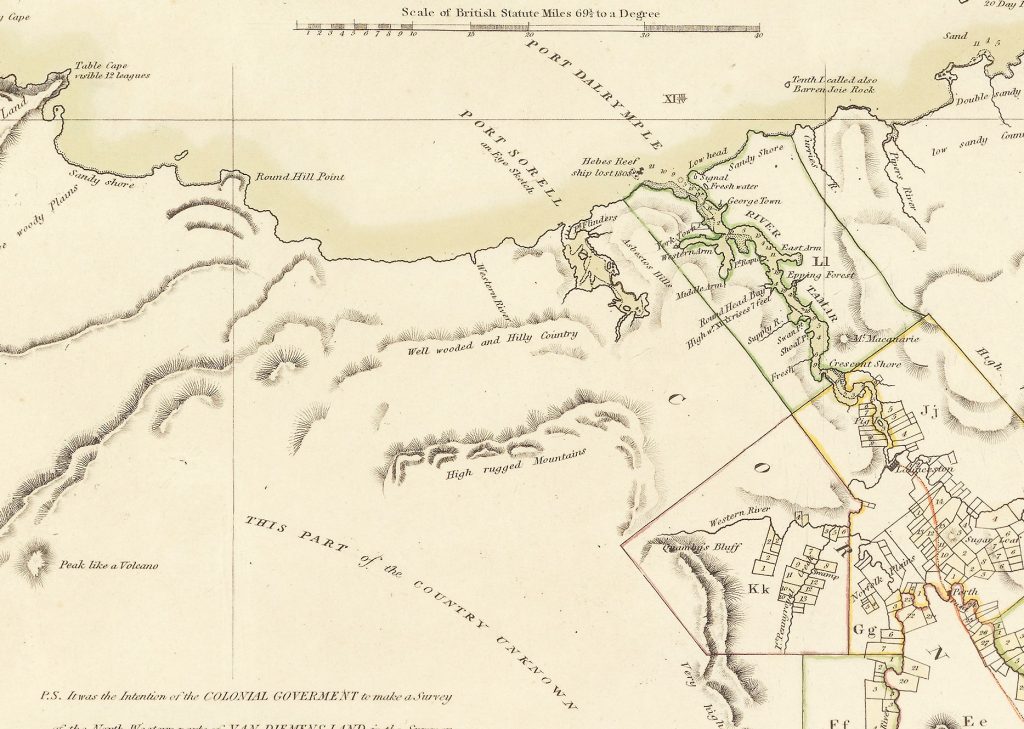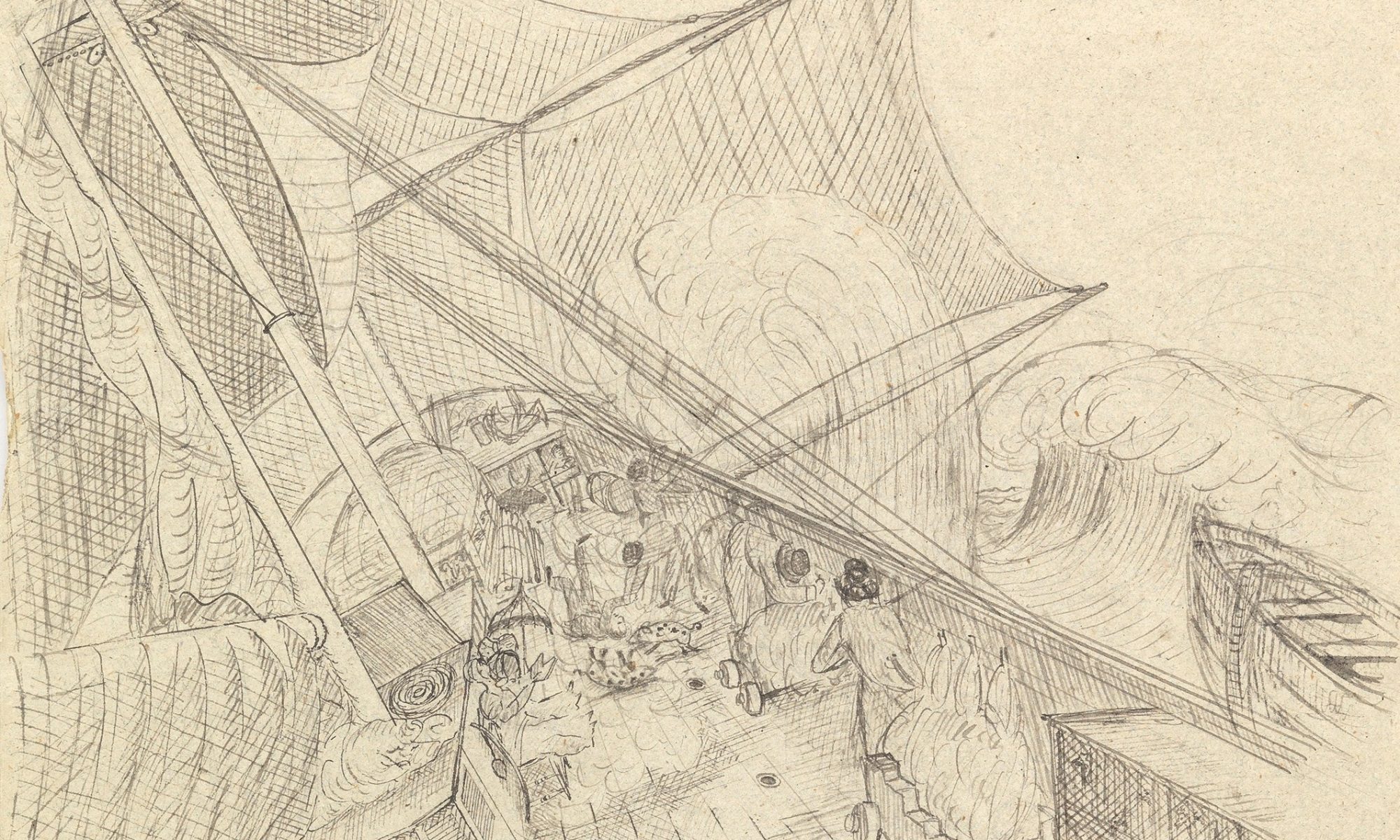The second candidate is the giant found in Launceston’s City Park. The giant of Tasmanian botany Ronald Campbell Gunn. Gunn emigrated to Van Diemen’s Land to be his brother’s right-hand man -quite literally! His brother had his arm amputated after being shot pursuing the notorious bushranger Matthew Brady. From 1830, the Gunn brothers worked together and separately as superintendents of convicts in Hobart and Launceston. Whilst in Launceston, RC Gunn developed a passion for Tasmanian botany and collected specimens for some of the great natural scientists of 19th century. But RC Gunn didn’t collect just plants and it seems most likely that he is the collector of the “type” specimens of Astacopsis franklinii in the collection of the natural History Museum in London. Read more RC Gunn at FortySouth Tasmania
